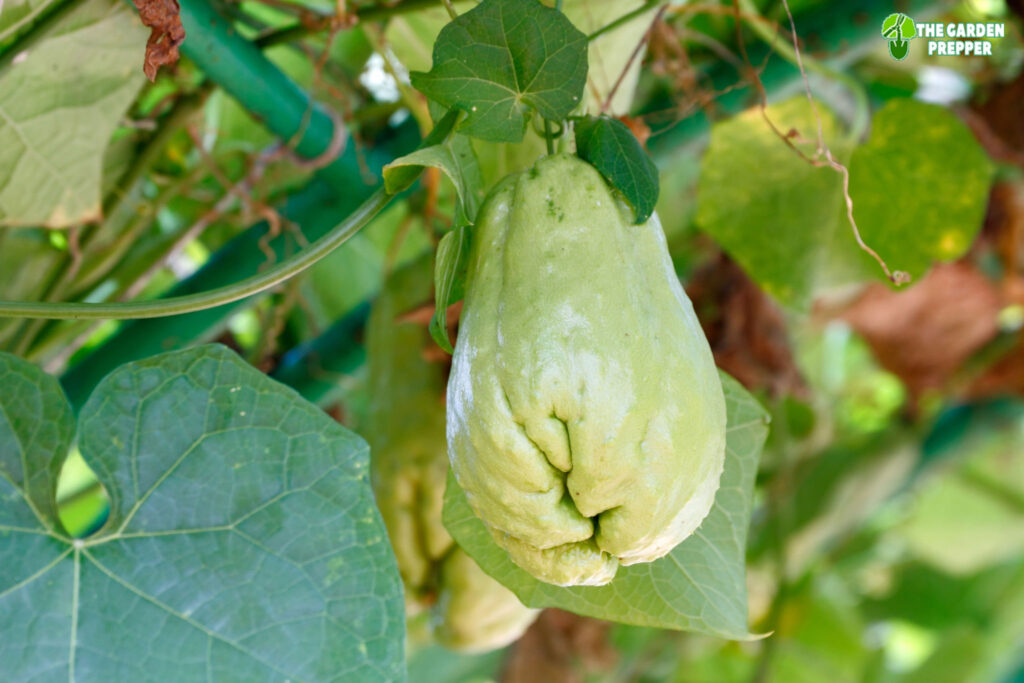Chayote plants are part of the Cucurbitaceae family, a family that includes squash and cucumbers. Chayotes are also known as chokos, vegetable pairs, custard marrows, or mirlitons native to Latin America. Now, people grow chayote in different parts of the world, including the USA!
If you’re planning to grow chayote, you’re probably wondering if your area will have it thrive. Learn more about the chayote growing zone and optimum conditions it should grow in here.
The Chayote Growing Zone
Chayote plants need to be in frost-free weather for at least 30 days to achieve fruit.
The fruit chayote plants reap cold sensitive and can grow as far as the north, in USDA growing zone 7. If you live in zone 7, you can still harvest about a dozen chayote fruits per vine, and if the frost comes even later, you can harvest 2-4 dozen chayotes per plant!
Typically, this plant grows as a perennial in USDA zones 8 to 11, thriving in frost-free climates where it can get a lot of moisture for better growth. When grown in its native climate, when the days and nights are usually the same all year long, chayote plants would bear fruit for a few months, but it won’t flower until September in the USA.
It would overwinter in zones 8 and will be kept warmer if you cut the vine back to the ground level and mulch heavily. When growing chayote plants in zone 8 or warmer, watch out for pests, such as root-knot nematodes. Prevent pest infections by placing a 2-3 inch layer of cow manure during the spring, replenishing it come summer.
You can also grow it in zones 9 and 10, as long as you plant it in an area that protects the plants from any drying winds while still giving it afternoon shade. Do not transplant your chayote until you’re sure there isn’t any danger of frost.
If you are from California, southwest states, or the warmer valleys in Washington or Oregon, then chayote plants will thrive in lower elevations.
If you’re new to gardening and still feel unsure about your hardiness zones, you can check out where you are on this website. This will also help you figure out what other plants you can grow in your area successfully.
Wrapping It Up
When it comes to planting chayote, or any other kind of plant, you’ll first need to evaluate whether or not it can thrive in your location. If you don’t live in the ideal USDA zone for chayote plants, you can always grow it indoors to control the environment.
Hopefully, you learned more about where you can grow chayote plants based on the growing zone you’re from. The next thing to do is to learn how to grow it successfully based on its specific care requirements. Happy gardening!

Question please,why do my choyote not bloom until October,is it the shorter days meaning less sunlight or is it the cooler nights that promos the blooms,thanx,